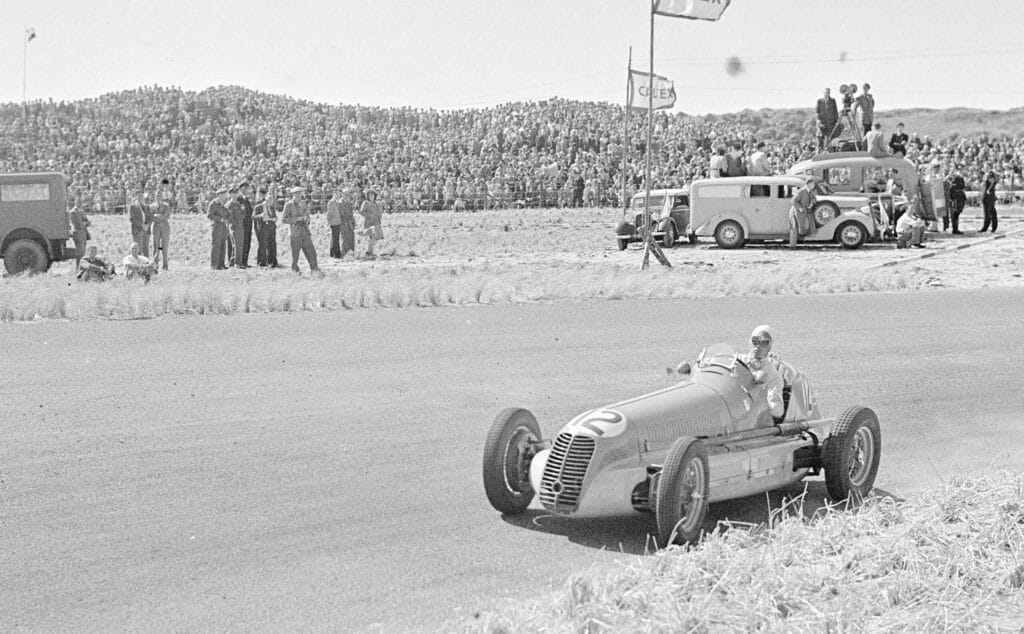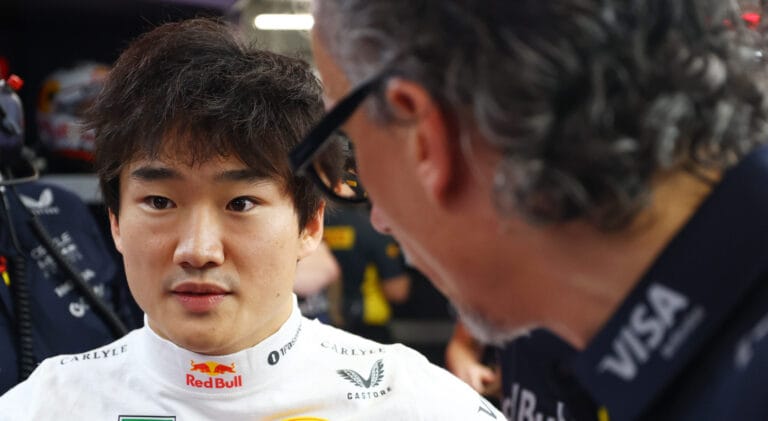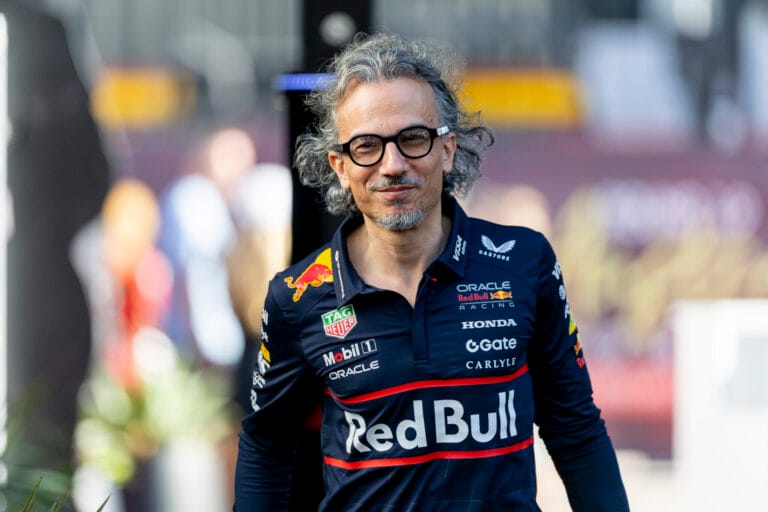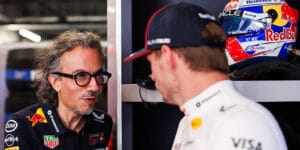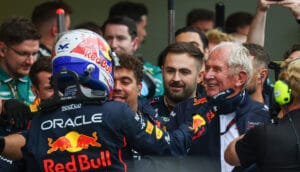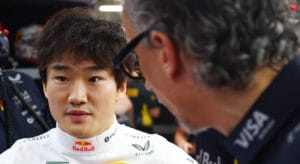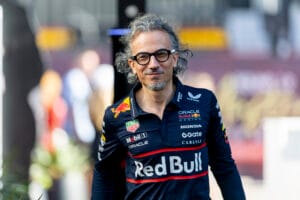Prince Birabongse Bhanudej Bhanubandh, better known as Prince Bira, won the very first car race at the Zandvoort circuit in 1948. As we approach the Dutch GP in Zandvoort, we present a portrait of this colorful Thai prince. ‘With his view obstructed by a gigantic laurel wreath on the hood of his Maserati, Prince Bira, cousin of the King of Siam, proudly drives his lap of honor on the Zandvoort circuit.’
The ‘Prize of Zandvoort’ in 1948 consisted of two heats of twenty-five laps each and a final of forty laps. The heats were won by Parnell and Bira. In the race, Tony Rolt takes the lead. Parnell spins early in the race and falls behind. In the third lap, Bira takes over the lead. He briefly pulls ahead, but because the Maserati seems to be acting up, Rolt can catch up in the final phase. In the last ten laps, a breathtaking duel ensues. Rolt continually gets closer in the corners, but on the straight sections, his Alfa (a repeatedly modified descendant of the legendary twin-engine Alfa from the 1930s) lacks the power to overtake the Maserati. They eventually cross the finish line side by side, the Maserati engine screaming because Bira has not shifted up on the straight end to avoid losing time. The difference is 0.1 seconds in favor of the prince. Sportingly, he takes Rolt on the back of his car for the lap of honor. The audience and press are wildly enthusiastic. De Volkskrant writes on August 9: “With his view obstructed by a gigantic laurel wreath on the hood of his Maserati, Prince Bira, cousin of the King of Siam, proudly drives his lap of honor on the Zandvoort circuit. Over 50,000 spectators, packed on the stands and in picturesque clusters scattered over the white, sun-glistening dune tops, enthusiastically cheer on the winner of the first international car race in our country.”
Jansen from Noord-Scharwou
Even De Waarheid, the newspaper of the communist party, was there, and the special reporter was completely won over afterwards. About Bira she writes: “This olive-skinned driver in sky-blue overalls was not lacking in attention: press photographers, nurses from the first aid posts – girls who had something to do with those pits, mechanics, sandwich sellers and waiters crowded around the slender driver. Well, with a circuit in the Dutch dunes, it will probably happen that Jansen from Noord-Scharwou will take the place of Mr. Bira…” A far-sighted view!”In the early days of motorsport, racing was not only for the brand’s sake, but also for the honor of the nation. Nationalities were identifiable by the color of the cars. Red for Italy, blue for France, white for Germany, green for England, yellow for Belgium, green and gold for Australia, blue and white for America. Much of this history is still evident in today’s racing.
Bira Blue
Thanks to Bira, Thailand also got its national racing color. For his first race at Brooklands, Bira had his Riley painted entirely light blue. A bit of hyacinth blue, later also called Bira blue. He chose this color because he was smitten with a beautiful Danish woman, whom he undoubtedly saw at a cocktail party in such a hyacinth-blue dress. That’s how these things go. When the Thai motorsport federation was founded in 1939, they adopted Bira blue and added a yellow stripe, referring to the centuries-old Chakri dynasty in Thailand. Bira triumphed in these colors at Zandvoort.
Life after the war changes, as does racing. Chula can no longer afford the rising costs. Bira briefly becomes a factory driver for Simca, without success. From then on, he enters his cars himself, or through the Swiss racing stable of Enrico Platé. Bira also changes. He increasingly has affairs and in 1950 divorces his wife Ceril, with whom he had been happily married for over ten years. He will remarry twice, but each time it ends badly.
Heart Attack
In 1950, he also starts the first official Formula 1 Grand Prix at Silverstone. He qualifies fifth, as the best-of-the-rest behind the superior Alfas. In the race, he drops out when he runs out of fuel. In the next race, in Monaco, he finishes fifth. In Switzerland, he even finishes fourth. After that, the results decline. In 1954, he scores three World Championship points with a fourth place in France. He triumphs once more, in the non-championship Grand Prix des Frontières. In 1956, he returns to Thailand. After his car dealership fails there and his third wife leaves him, he returns to Europe.
However, he doesn’t sit still. In 1972, he participates in the Olympic Games for the fourth time, as a sailor. On December 23, 1985, Bira dies of a heart attack in the London subway. Without ID, he is initially not identified. Only after the Thai scribble on a piece of paper from his jacket pocket is translated at the London university, it is realized that this is a man with princely racing blood: Prince Birabongse Bhanudej Bhanubandh.
The above story was part 2 of the portrait of Prince Bira, the first winner of Zandvoort.


